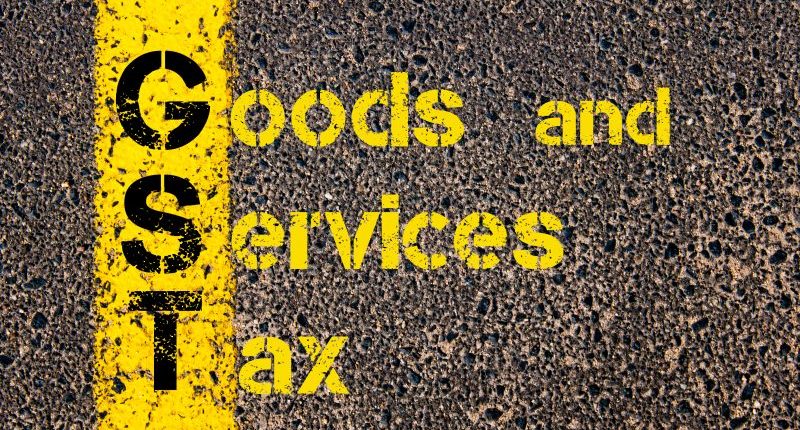Many textile businesses have raised concerns about the recent GST rate hike imposed on them. The rate revisions will come into effect from 1st January 2022. The GST Council wants to make corrections in the inverted tax structure prevalent in this sector for quite some time.
Such a condition had caused inconvenience to the businesses operating in this sector. Their money was getting stuck with the government, and this could be only claimed by applying for a GST refund of the unutilised input tax credit. It was a painstaking process involving considerable time.
However, with the recent developments, the businessmen have expressed their resentment towards the rate hike to correct the inverted tax structure. The government revised rates for products such as yarn and fibre under the textile and apparel category. In the 45th GST Council meeting, the Council decided to increase the GST rates from 5% to 12% for the above things from 1st January 2022.
It means that the textile businesses should eventually pay more taxes to the government. The input tax credit lying with them can be utilised towards tax liability. However, the net effect is that they would be left with less money in their hands.
Many officials have stated to a leading media publication that the union textile ministry has collated the inputs from various textile businesses and associations. It shall submit a request for restoring the earlier GST rates of 5% despite dealing with the inverted tax structure.
Due to this rate disparity, the textile manufacturers or fabric weavers will notice a substantial rise in their working capital needs. Raw materials will be levied a 5% tax, whereas the finished product will be taxed at a GST rate of 12%. Hence, they strive for the government to restore the old GST rate of 5%.
The textiles ministry is against the rate hike and regards that the sector needs relief. It considers flagging any decision that creates problems for the businesses. The ministry claimed that their communication to the GST secretariat would maintain a status quo on rates. It should carry out changes after a detailed deliberation with all the stakeholders. On the other hand, all the cotton fabric makers oppose the rate hike as well. They also want GST to be retained at 5%.
Presently, the GST on Manmade Fibre (MMF) and yarn are at 12%, whereas the MMF fabric is taxed at 5%. However, the chemical inputs to make yarn or fibre are levied GST at 18%. Therefore, all the stakeholders are waiting eagerly for 1st January 2022 to see if the GST Council will address the textile ministry’s plea.
For any clarifications/feedback on the topic, please contact the writer at annapoorna.m@cleartax.in
Annapoorna, popularly known as Anna, is an aspiring Chartered Accountant with a flair for GST. She spends most of her day Singing hymns to the tune of jee-es-tee! Well, not most of her day, just now and then.





